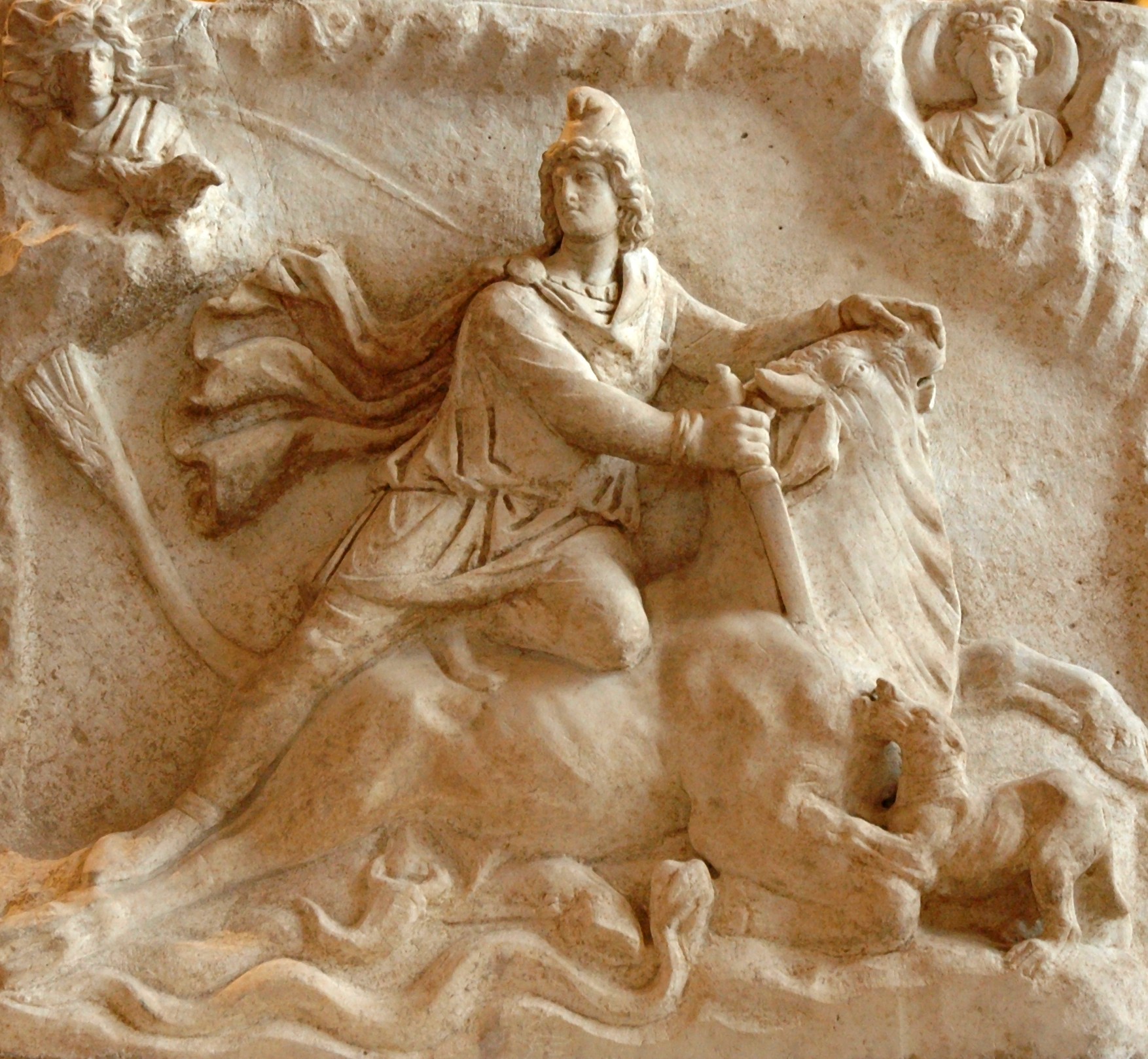Compareti, Matteo. 2015. Samarkand the center of the world: proposals for the indentification of the afrasyab paintings. Costa Mesa: Mazda Publishers.
In antiquity Samarkand was the capital of the Persian province of Sogdiana. Its language, culture, and “Zoroastrian” religion closely approximated those of the Persians. Following its conquest by Alexander, its strategic position and fertile soil made Sogdiana a coveted prize for Late Antique invaders of Central Asia. Around 660 CE — at the dawn of Arab invasion — local king Varkhuman promoted the execution of a unique painted program in one of his private rooms. Each wall was dedicated to a specific population: the north wall, the Chinese; the west, the Sogdians themselves; the east, the Indians and possibly the Turks. The south wall is probably the continuation of the scene on the west wall. In Chinese written sources, some support for this concept of the “division of the world” can be found. Accidentally discovered during Soviet times, the room was named “Hall of the Ambassadors” due to the representations of different peoples. However, many aspects of its painted program remain obscure. This study offers new ideas for better identifications of the rituals celebrated by the people on the different walls during precise moments of the year.


 Panaino, Antonio. 2014.
Panaino, Antonio. 2014. 

 Gyselen, Rika (ed.). 2014.
Gyselen, Rika (ed.). 2014.